Lucuma, also the name of the evergreen tree it grows on, is the fruit of Pouteria lucuma, belonging to the Sapotaceae family. Pouteria lucuma is abundant in Peru, Chile and Ecuador. It grows at altitudes between 3280 ft (1000 m) to 7870 ft (2400 m).
Pouteria lucuma can grow up to 164 ft (50 m) tall. The crown of the tree is dense and spherical. The leaves of lucuma are ellipsoid, meaty and dark green, reaching lengths of up to 9 3/4″ (25 cm) max. The flowers are single, double or triple. The fruits of Pouteria lucuma are elongated with rounded ends, covered with a delicate skin. Initially they are greenish but darken as they ripen. The flesh of lucuma is dry, dark yellow to orange. Lucuma has between 2-4 seeds, colored dark brown.
History of Lucuma
Lucuma is one of the most famous fruits in Peru and has been used in local rituals and traditions for millennia. You can find lucuma present at their graves. Lucuma was even used in the art of the Moche tribe. That community formed the 1st large civilization in Peru. According to some historians, the Moche tribe flourished from about 100 BC to about 900 AD.
In its time, it had worthy achievements in the fields of art and architecture. Some of the works of the society were indeed made from the wood of Pouteria lucuma. Wood material from the same tree was also used to construct the sanctuary at Pachacamac, Peru. During the 14th-15th centuries, lucuma was consumed intensively by the Incas as well, along with their corn, quinoa and amaranth.
Composition of Lucuma
Chinese researchers have found that lucuma contains 14 minerals, with especially high amounts of sodium, potassium, phosphorous, iron and magnesium. Lucuma has a high content of carotene, vitamin B3, carbohydrates, fibers and others.
Growing Lucuma
Lucuma is primarily grown in the regions of Ancash, Lima, Ayacucho, Cajamarca, with the amount of trees grown increasing with each passing year due to the unusually high demand in Peru and in world markets.
The tree prefers warm temperatures, around 70°F (21 °C) is ideal. Lucuma cannot withstand cold climate and if such is present it would die quickly. Excessively high temperatures are also not favored by this picky culture. The plant grows best in sandy, well draining soil, rich in nutrients and with neutral pH.
Lucuma requires constant watering but not way too much. The quality of the harvest depends greatly on the growing conditions. If all requirements that lucuma has are satisfied, the tree can produce more than 200 fruits after the 4th or 5th year.
Collecting and Storing Lucuma
Lucuma cannot be stored very long. When the ripe fruit gets heavy and falls to the ground, it needs to be collected right away. Then it must be wrapped in straw or similar material, in order to remain suitable for use. Of course, markets may offer more long-lasting lucuma varieties but in general, the sooner the fruit is eaten after picking, the better.
Benefits of Lucuma
Currently, lucuma is not very popular outside of South America, which is why this exotic fruit will have yet to prove its numerous health benefits to the world. Nonetheless, there have been some studies carried out in this field. Scientists from the State University of New Jersey state that extracts from lucuma help tissue regeneration and stimulate faster wound healing.
Further, the researchers have proven that the fruit is good for maintaining good bone, skin and scalp condition. Lucuma boosts immune system function and proper embryo development during pregnancy. Due to its rich abundance of minerals, lucuma is suitable for all people suffering from deficiency of such.
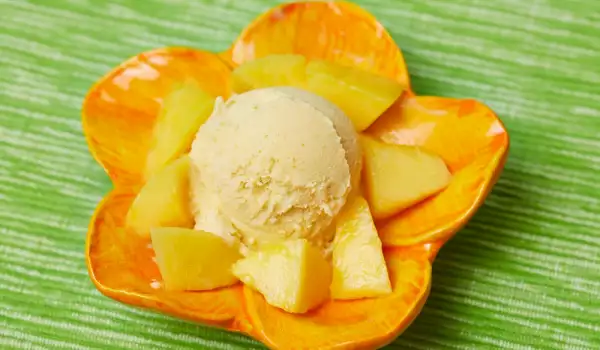
It turns out that even in the past, the 1st inhabitants of Peru had used lucuma for its anti-inflammatory and antifungal action. As with many other fruits, lucuma contains dietary fiber as well.
And fibers are known for their ability to cleanse the colon from accumulated toxins. Plus, they lower "bad" cholesterol levels by making it more difficult for the full absorption of some fats and reducing the risk of atherosclerosis in the blood vessels. Fibers also reduce the risk of type II diabetes.
Powdered Lucuma
The lucuma fruit can also be used to make powdered lucuma. Powdered lucuma is an excellent natural sweetener that can substitute sugar perfectly. It satisfies our need of sweet foods, while at the same time not causing any harm to the body (as saccharin and aspartame do). Even though lucuma is sweet to the taste, lucuma powder contains just 2 g of natural fruit sugar for every 11 g of carbohydrates. This natural sweetener has a low glycemic index and can be consumed by diabetics.
Lucuma in Cuisine
The dry fruits of Pouteria lucuma are valued most for their sweet aroma. It reminds of a blend between caramel, maple syrup and vanilla. Lucuma can be eaten on its own or in combination with various fruits ice creams and all kinds of other desserts.
Usually, outside of its country of origin, lucuma is exported in powdered form, since its quick ripening forces the produce to be used immediately. The dried powder is also used to make juices, ice creams, shakes and baked goods. We must not forget however, that the beneficial properties of lucuma decrease whenever the fruit is subject to heat treatment.
Lemon Ice Cream with Lucuma
Ingredients: 2 cups milk, 5 tbsp powdered lucuma, 1 cup whipped cream, the juice of 1 lemon.
Preparation: Put the milk, cream, lucuma and lemon juice in a vegetable chopper. Mash together all of the ingredients well and put the mixture in the freezer for several hours to allow the ice cream to harden.
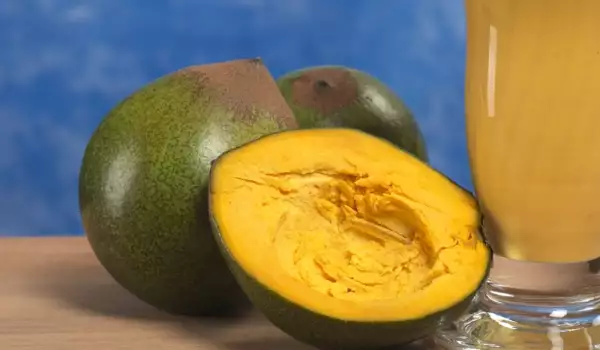
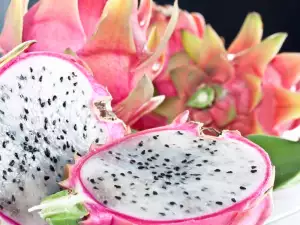


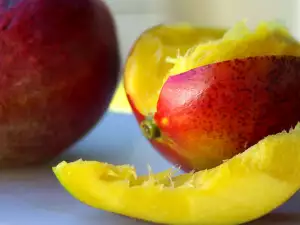
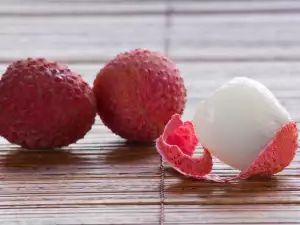
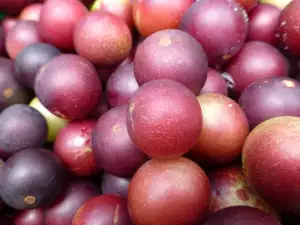
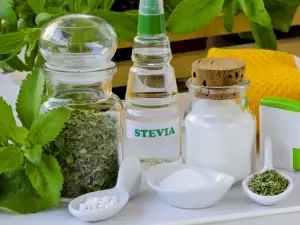
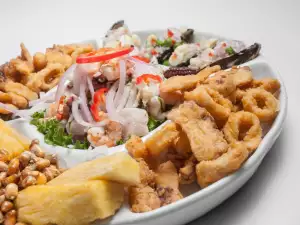
Comments